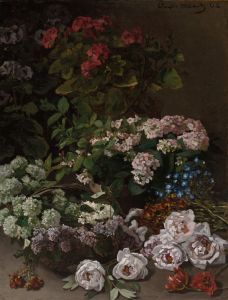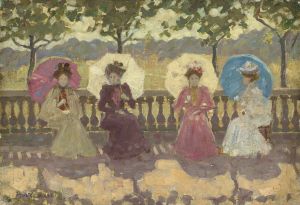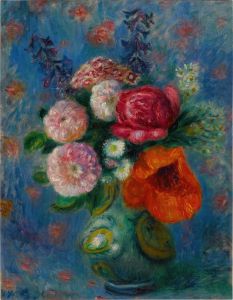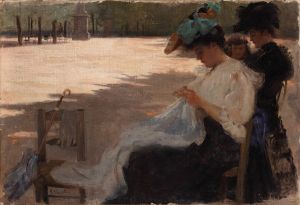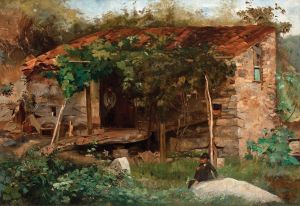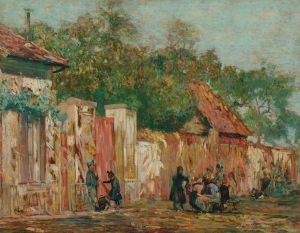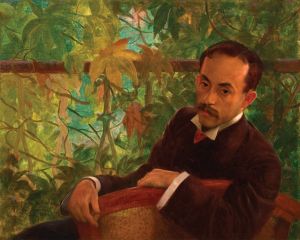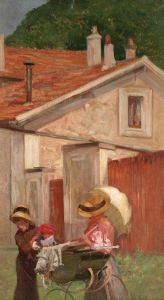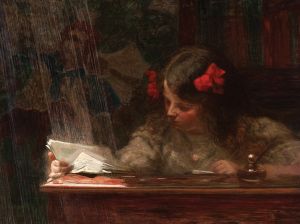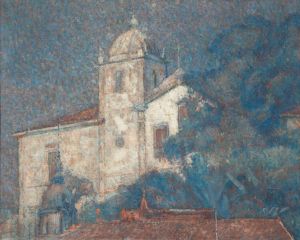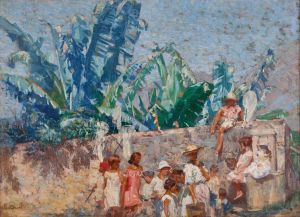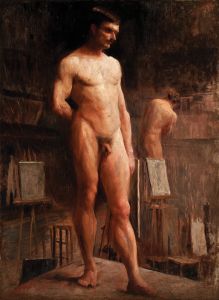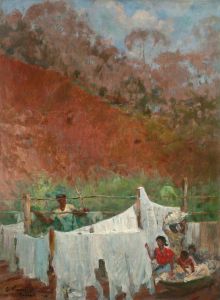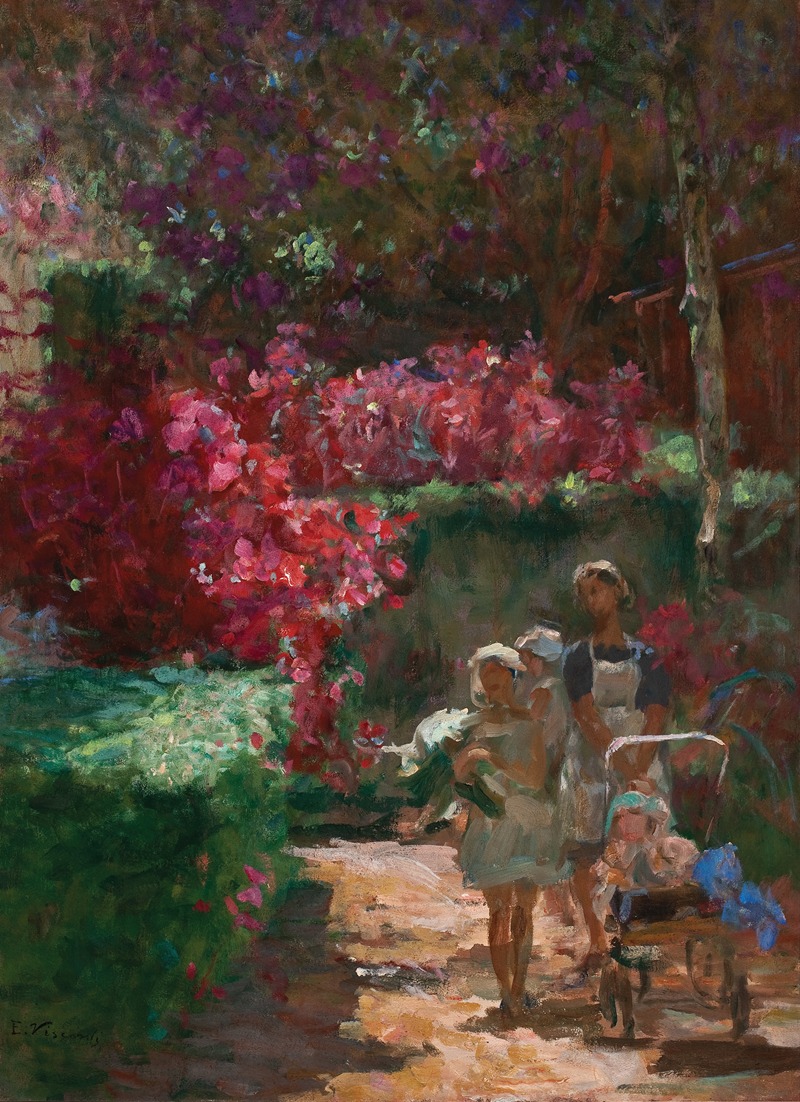
Passeio no parque
A hand-painted replica of Eliseu Visconti’s masterpiece Passeio no parque, meticulously crafted by professional artists to capture the true essence of the original. Each piece is created with museum-quality canvas and rare mineral pigments, carefully painted by experienced artists with delicate brushstrokes and rich, layered colors to perfectly recreate the texture of the original artwork. Unlike machine-printed reproductions, this hand-painted version brings the painting to life, infused with the artist’s emotions and skill in every stroke. Whether for personal collection or home decoration, it instantly elevates the artistic atmosphere of any space.
Eliseu Visconti's painting Passeio no Parque (translated as "Stroll in the Park") is a notable work by the Brazilian artist, who is widely regarded as one of the pioneers of modern art in Brazil. Visconti, born in 1866 in Salerno, Italy, and later naturalized as a Brazilian citizen, was a key figure in introducing Impressionist and Post-Impressionist techniques to Brazilian art. His works often reflect a blend of European artistic influences and Brazilian themes, showcasing his ability to adapt international styles to local contexts.
Passeio no Parque is an oil painting that exemplifies Visconti's mastery of light, color, and composition. The artwork depicts a serene scene of individuals enjoying leisure time in a park, a subject that aligns with the Impressionist tradition of capturing everyday life and outdoor settings. The painting is characterized by its soft brushstrokes, harmonious color palette, and attention to the effects of light and shadow, which create a sense of atmosphere and movement. These elements highlight Visconti's technical skill and his sensitivity to the subtleties of natural environments.
The exact date of the painting's creation is not definitively documented, but it is believed to have been produced during the late 19th or early 20th century, a period when Visconti was actively exploring Impressionist and Symbolist styles. During this time, he was also heavily influenced by his studies in Europe, particularly in Paris, where he attended the École des Beaux-Arts and was exposed to the works of prominent Impressionist and Post-Impressionist artists.
Visconti's choice of subject matter in Passeio no Parque reflects the cultural and social changes of the time, as urban parks became popular spaces for leisure and social interaction among the middle and upper classes. The painting captures a moment of tranquility and connection with nature, emphasizing the importance of such spaces in modern urban life.
Today, Passeio no Parque is recognized as an important example of Visconti's contribution to Brazilian art and his role in bridging European artistic movements with Brazilian cultural identity. The painting is part of a broader body of work that solidifies his legacy as one of Brazil's most influential artists. It is housed in a public or private collection, though specific details about its current location are not widely available.
Eliseu Visconti's works, including Passeio no Parque, continue to be celebrated for their artistic innovation and their ability to capture the essence of a transformative period in Brazilian history.





